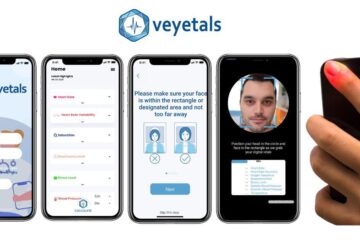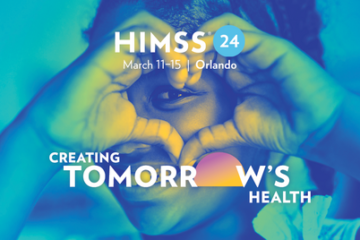Image Credit: Canva
In the field of health monitoring, remote photoplethysmography (rPPG) technology is making a name for itself as a groundbreaking approach to measuring vital signs. By detecting the subtle changes in our skin color, rPPG offers a non-invasive and convenient way to monitor our health in real-time.
Traditionally, vital signs such as heart rate, blood pressure, and oxygen saturation have been measured using specialized sensors and devices that require direct contact with the body. However, rPPG takes a different approach by utilizing the skin’s natural ability to absorb and reflect light.
The principle behind rPPG is based on the concept of photoplethysmography (PPG), a well-established technique used in pulse oximeters. PPG measures blood volume changes in peripheral blood vessels by detecting variations in light absorption during each heartbeat.
With rPPG, this concept is expanded by using regular cameras or sensors, such as those found in smartphones or wearables, to capture video or image data of the skin. By analyzing the subtle changes in skin color over time, rPPG algorithms can extract vital signs information.
During each heartbeat, blood vessels near the skin’s surface expand and contract, affecting the amount of light absorbed and reflected by the skin. These changes in light intensity are imperceptible to the human eye but can be detected and analyzed by rPPG algorithms.
One of the key advantages of rPPG is its non-invasive nature. Traditional methods often involve attaching sensors or devices directly to the body, causing discomfort and inconvenience. In contrast, rPPG utilizes regular cameras or sensors, making it a comfortable and user-friendly option.
rPPG also enables real-time monitoring of vital signs, providing continuous and up-to-date information about our physiological state. This real-time feedback is crucial for early detection of health issues, allowing for timely interventions and proactive healthcare management.
By capturing subtle changes in skin color, rPPG technology can detect variations in vital signs such as heart rate, blood pressure, and oxygen saturation. These insights can serve as early indicators of potential health issues, facilitating early detection and intervention.
Furthermore, rPPG enables healthcare professionals to remotely monitor patients’ vital signs without the need for direct contact or invasive procedures. By utilizing regular cameras or sensors, rPPG technology captures video or image data of patients, allowing for non-invasive and real-time monitoring.
In conclusion, rPPG technology represents a groundbreaking approach to measuring vital signs. Its non-invasive nature, real-time monitoring capabilities, and potential for early detection make it a valuable tool for healthcare professionals and individuals alike. As this technology continues to evolve and improve, we can expect to see even more exciting developments in the field of health monitoring.
Ready to join the future of healthcare management? Contact us HERE to learn more about Veyetals. And don’t forget to follow us on LinkedIn for the latest updates and insights.



